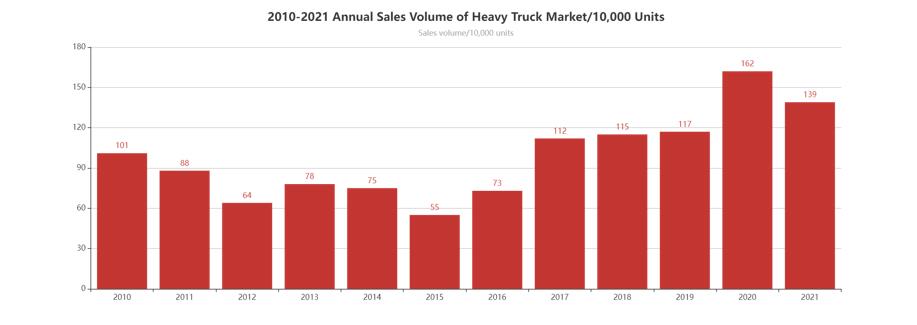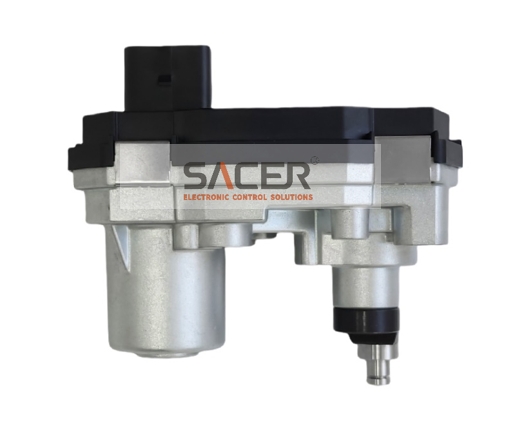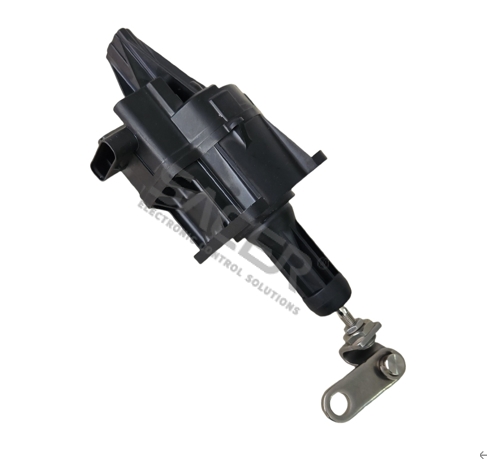
Introduction: With the continuous advancement of automotive technology, turbocharging systems play a crucial role in enhancing power performance and fuel efficiency. Within turbocharging systems, the VGT (Variable Geometry Turbocharger) actuator is considered an important component for engine performance optimization and emission control. VGT turbochargers and pneumatic turbochargers differ in their structure, working principles, and applications. VGT turbochargers utilize variable geometry turbines to adjust intake airflow velocity and pressure, making them suitable for engines requiring a wide operating range and variable power. On the other hand, pneumatic turbochargers are driven directly by electric motors, making them suitable for engines that require high power output and rapid acceleration response, such as performance cars and racing vehicles. These differences necessitate the selection of the appropriate turbocharger type based on specific engine requirements.

This article will focus on the development potential and opportunities brought by VGT actuators in the automotive aftermarket industry.
Market Overview: According to recent data research, the global automotive aftermarket industry has exceeded $1.2 trillion and continues to exhibit sustained growth. In the heavy-duty commercial vehicle sector, data shows that heavy truck sales have maintained steady growth in recent years, with VGT actuators playing a crucial role in turbocharging systems. It is estimated that the global annual sales of heavy-duty commercial vehicles will reach approximately 3.7 million units by 2025, creating significant demand potential for the VGT actuator market.

Market Demand and Prospects: With increasing awareness of environmental protection and energy efficiency, governments and consumers have stricter requirements for vehicle fuel economy and emission control. As a key component of turbocharging systems, VGT actuators possess the ability to regulate and optimize engine performance, improving fuel economy and reducing exhaust emissions. According to market research data, the global market demand for VGT actuators is expected to maintain stable growth in the coming years.

Challenges and Opportunities: The VGT actuator market in the automotive aftermarket industry also faces challenges and opportunities. On one hand, with the rise of electric vehicles, the demand for traditional fuel-powered vehicles in the market may decrease. However, it is worth noting that the demand for VGT actuators in the heavy-duty commercial vehicle market remains strong, as turbocharging systems play a crucial role in enhancing engine performance and torque output.
Conclusion: As a market segment with tremendous potential in the automotive aftermarket industry, the VGT actuator market exhibits significant market demand and development prospects. Steady growth in global heavy-duty commercial vehicle sales indicates substantial demand potential for VGT actuators. Looking ahead, the VGT actuator market will continue to expand alongside the development and technological advancements in the automotive industry, providing industry participants with more business opportunities and room for growth.






